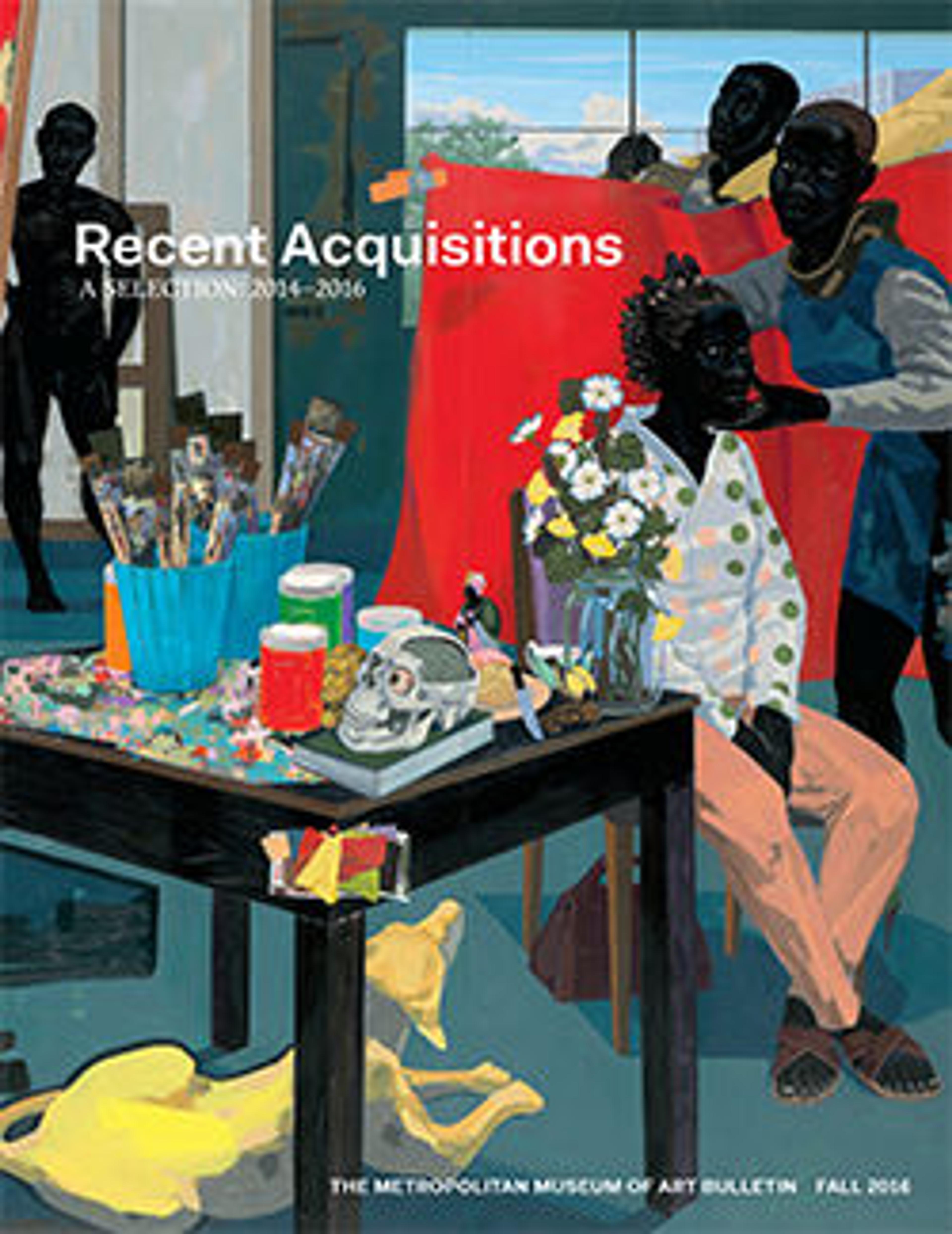Greywacke plate
A flat, circular plate, carved on a lathe, with a narrow, raised rim and two solid and integral projecting handles on sides of the rim, opposite each other. On its upper surface, a low raised boss decorates the center of the plate, comprising an outer raised circle, a raised cone-like band, a small circular depression, and a raised central dot; a groove forms a circle around the bottom towards the low, almost vertical side. The horizontal rim is outlined by an inner and outer ridge with two concentric grooves on its upper surface, one running around the entire rim, the other only where the handles are attached. The handles are carved out into simplified volutes with animal-headed finials, with ear and snout or beak in profile, and an eye outlined by hand. On the underside, there is a plain base ring on the bottom; within it, the bottom is decorated with a small raised disk surrounded by two concentric raised circles, the inner of which is wider than the outer. The side has a shallow curving profile. The inside is highly polished, but the underside has been left with traces of its carving and working.
Greywacke, a type of dark sandstone, was used in Egypt from Predynastic times onward. Only one ancient quarry is known, located in the Wadi Hammamat, that bears evidence of its exploitation in Roman times. Wealthy Romans were fond of vessels made of semiprecious and exotic stones, and some became avid collectors of costly examples. Such vessels were intended more for display than practical use. Rare in ancient times, few have survived; the well-preserved condition of this piece makes it even more precious.
Greywacke, a type of dark sandstone, was used in Egypt from Predynastic times onward. Only one ancient quarry is known, located in the Wadi Hammamat, that bears evidence of its exploitation in Roman times. Wealthy Romans were fond of vessels made of semiprecious and exotic stones, and some became avid collectors of costly examples. Such vessels were intended more for display than practical use. Rare in ancient times, few have survived; the well-preserved condition of this piece makes it even more precious.
Artwork Details
- Title: Greywacke plate
- Period: Imperial
- Date: 1st–2nd century CE
- Culture: Roman
- Medium: Greywacke
- Dimensions: Diameter: 9 1/2 in. (24.1 cm)
Width: 12 9/16 in. (31.9 cm)
Height: 3/4 in. (1.9 cm) - Classification: Miscellaneous-Stone Vases
- Credit Line: Gift of Ariel Herrmann, 2014
- Object Number: 2014.248
- Curatorial Department: Greek and Roman Art
More Artwork
Research Resources
The Met provides unparalleled resources for research and welcomes an international community of students and scholars. The Met's Open Access API is where creators and researchers can connect to the The Met collection. Open Access data and public domain images are available for unrestricted commercial and noncommercial use without permission or fee.
To request images under copyright and other restrictions, please use this Image Request form.
Feedback
We continue to research and examine historical and cultural context for objects in The Met collection. If you have comments or questions about this object record, please contact us using the form below. The Museum looks forward to receiving your comments.
